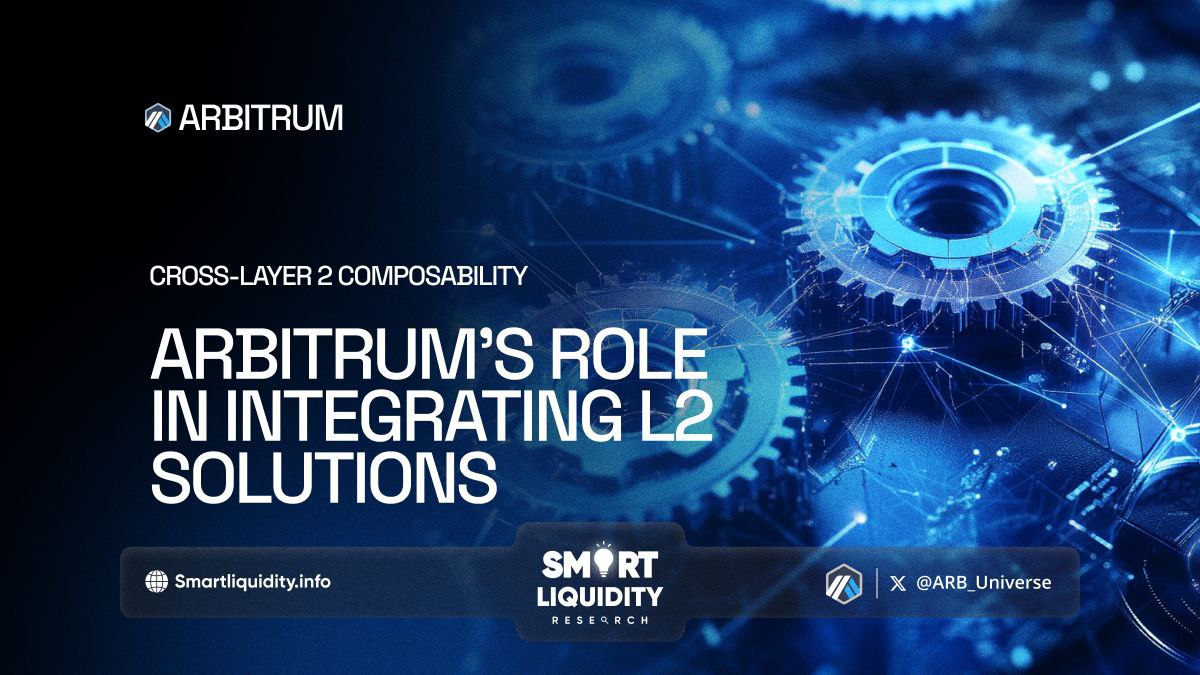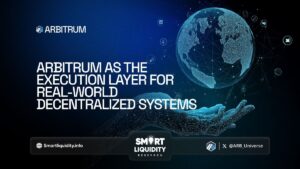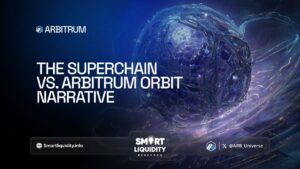Arbitrum’s Role in Integrating Layer 2 (L2) Solutions: Advancing Cross-Layer Composability


Arbitrum’s Role in Integrating Layer 2 (L2) Solutions: Advancing Cross-Layer Composability! As the demand for scalable and efficient blockchain solutions grows, Layer 2 solutions have emerged as the key to enhancing throughput, reducing transaction costs, and maintaining decentralization.
Among these L2 technologies, Arbitrum has solidified itself as one of the most prominent players, offering robust solutions for Ethereum scaling. But beyond scaling, Arbitrum has also positioned itself as a pivotal platform for integrating various L2 solutions, driving composability across multiple layers of blockchain networks.
The Promise of Layer 2 Composability
Layer 2 solutions, including rollups, channels, and sidechains, have played an integral role in alleviating the congestion and high fees associated with Ethereum’s Layer 1. However, the broader challenge for developers has been enabling interoperability between these L2 systems. Cross-Layer 2 composability refers to the ability of different L2 solutions to interact seamlessly, enabling more sophisticated decentralized applications (dApps) and expanding the ecosystem’s functionality.
This composability allows assets, data, and transactions to move freely between different L2 environments without returning to the more resource-intensive Layer 1. The outcome? Faster, cheaper, and more efficient blockchain interactions that don’t compromise on security.
Arbitrum’s Innovations in Cross-Layer 2 Composability
Arbitrum’s role in integrating L2 solutions extends beyond its own Optimistic Rollup architecture. Through various initiatives and partnerships, Arbitrum is building an ecosystem where multiple L2 solutions can interact and complement each other.
Here’s how:
- Interoperability Solutions
Arbitrum is spearheading efforts to create bridges between different L2 networks. These bridges facilitate seamless asset transfers between L2 solutions while maintaining security. Users and developers can switch between different environments without incurring the significant costs and time delays associated with moving assets back to Layer 1. - Cross-Chain Development
Arbitrum fosters an open development environment where protocols can leverage multiple L2 solutions. By building on Arbitrum, dApps can tap into other L2 ecosystems to enhance their functionality. This flexibility is essential for advanced DeFi projects that need to operate across chains to aggregate liquidity or conduct cross-chain transactions. - Security Through Ethereum
As a rollup-based solution, Arbitrum leverages the security of Ethereum’s Layer 1 while offering the speed and cost efficiency of Layer 2. This combination makes it ideal for developers looking to expand their projects across L2 without sacrificing the core security features Ethereum provides. - Support for DeFi and dApps
The decentralized finance (DeFi) sector is where L2 composability is most critical. DeFi protocols like Aave, Uniswap, and others deployed on Arbitrum benefit from the platform’s ability to communicate with other L2 protocols, enabling users to move assets across different platforms quickly and efficiently.
What Does This Mean for the Future of Blockchain?
As more L2 solutions develop, composability will be crucial in determining how different protocols can work together to deliver a seamless user experience. Arbitrum’s efforts in this area are setting the stage for a future where L2 solutions are no longer siloed but interconnected, creating a broader, more inclusive blockchain ecosystem.
By enabling cross-layer interactions, Arbitrum opens the door to new dApp functionalities, higher throughput, and a truly decentralized internet. With this momentum, Arbitrum is not just a scaling solution but a cornerstone of the next evolution of blockchain technology.
In Summary
Arbitrum’s role in integrating L2 solutions and promoting cross-layer composability is a vital step in scaling decentralized applications and the blockchain ecosystem at large. As Ethereum continues to face scalability challenges, Arbitrum’s advancements provide a practical and efficient path forward, ensuring that L2 solutions can coexist, collaborate, and enhance each other for the benefit of developers and users alike.




